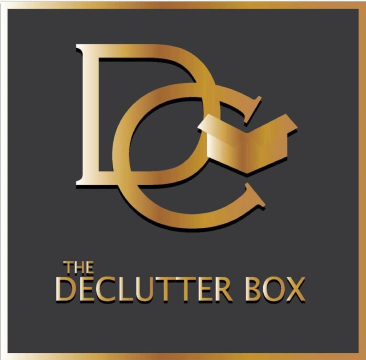🧠 ADHD-Friendly Organizing Systems for Kids
For Families Navigating Focus, Structure, and Simplicity
“We clean it up… and two minutes later, it’s a mess again.”
If you’re parenting a child with ADHD, you already know that clutter and chaos don’t just come from laziness—they come from executive function challenges like forgetfulness, poor impulse control, and difficulty with sequencing.
But ADHD doesn’t mean your child can’t be organized.
It means the systems must be built for their brain—not yours.
Let’s break down how to create a clutter-friendly home for focus-challenged kids—without constant fights, overwhelm, or shame.
💡 Science Says:
- Children with ADHD struggle with organization, task initiation, sequencing, and short-term memory.
- Visual systems, consistent structure, and limited steps improve follow-through.
- Clutter increases anxiety and distraction in ADHD brains—especially when it lacks containment.
(Sources: CHADD, Journal of Attention Disorders, Center on the Developing Child – Harvard)
🧠 Why Traditional Organizing Systems Fail ADHD Kids
1. Too Many Steps = Shutdown
“Put your shoes away” actually requires:
- Remembering to do it
- Finding the shoe bin
- Processing where it goes
- Staying on task until it’s done
🧠 For ADHD kids, multi-step tasks feel like mazes—and they opt out fast.
2. Out of Sight = Out of Mind
When things go in a drawer or cabinet, it’s like they no longer exist.
Result? Lost items. Repeated mess. Frustration.
👀 ADHD kids thrive on visible, labeled, easy-access systems.
3. Perfection Kills Momentum
If they can’t do it “right,” many ADHD kids would rather not try at all.
That’s why progress-focused structure works best.
✅ ADHD-Friendly Systems That Actually Work
1. Use Open Bins + Picture Labels
Skip the lids. Skip the tiny drawers.
Use:
- Large baskets for toys, clothes, and categories
- Photos or icons instead of text labels
- Color-coding by child or category
📦 Clear visibility = faster clean-up and easier access.
(Source: Executive Skills for Children with ADHD – Barkley, 2020)
2. Create One-Task Zones
Instead of “clean your room,” guide them to:
- Pick up all stuffed animals
- Put books back on the shelf
- Collect all the Legos
🎯 One clear directive prevents overwhelm.
3. Build a Daily Reset Routine
Use a visual checklist:
- Pick up floor
- Toss trash
- Wipe surface
- Reset toys/books
Repeat daily—same order, same time.
📆 Predictability helps ADHD brains build internal timers.
4. Use Timers and Music Cues
- 5-minute cleanup races
- “Clean until the song ends”
- Visual timers with colored countdowns
⏱ These tools limit arguments and create start/stop clarity.
5. Store by Function, Not Location
If your child plays with LEGOs in the living room—store the bin there.
Use:
- Toy carts on wheels
- Bedside baskets
- Hook stations for daily items
🪄 Proximity = success.
6. Assign a “Reset Buddy” (Not a Boss)
Pair your child with a sibling or caregiver who guides—not takes over.
Say:
- “Let’s do this together.”
- “You do the toys, I’ll do the books.”
- “Want to race me?”
🤝 Support > micromanagement.
7. Celebrate Consistency, Not Cleanliness
Focus on:
- Trying
- Finishing one task
- Following the system
Avoid:
- Critiquing how it looks
- Redoing their effort
🎉 Praise effort like: “You remembered the floor reset on your own!”
💬 Final Thoughts from The Declutter Box:
Kids with ADHD aren’t disorganized by choice.
They just need systems that match their processing style.
With clear cues, visible storage, short resets, and daily rhythm, you’re not just teaching them to tidy up.
You’re teaching them to self-manage, self-soothe, and succeed.
Because an organized space is more than neat.
It’s a tool for freedom, focus, and confidence—especially for neurodivergent kids.
🧠 “Science Says” Summary:
- ADHD brains benefit from visual cues, low-step systems, and regular reset rituals
- Open bins, icon labels, and timers improve cooperation and focus
Praise + consistency builds long-term executive function
(Sources: Russell Barkley ADHD Model, Journal of Clinical Child Psychology, CHADD Parent Resource Guide)
